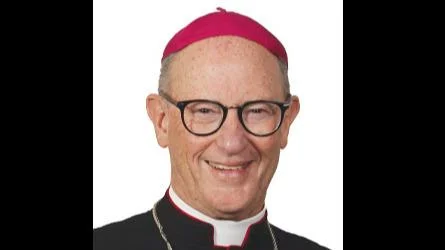
Rev. James D. Conley, D.D., S.T.L. | Diocese of Lincoln website
Catholics are often curious about the possibility of venerating saints from the Eastern Orthodox tradition. The question is complex and requires several clarifications.
There are many saints who are honored by both the Catholic Church and various Eastern Orthodox Churches. If a saint is recognized in both traditions, Catholics may venerate that saint since they are also considered Catholic saints.
The situation becomes more complicated with saints who are only recognized within the Orthodox tradition. A significant historical marker is 1054 A.D., when the Eastern Schism occurred, dividing the two churches. However, this division does not provide an absolute rule because of the presence of Eastern Catholic communities. Some individuals who lived as members of an Eastern Orthodox Church after the schism are now venerated in certain Eastern Catholic Churches.
One example is Gregory of Palamas, who lived after the schism but before parts of the Greek Orthodox Church reconciled with Rome. He is included in the Melkite Catholic calendar and receives public veneration among Melkite Catholics, despite not being officially canonized by Rome.
A key distinction exists between public and private veneration. Public veneration requires explicit approval from church authorities. Beatification allows for regional or community-wide public veneration, while canonization permits universal public veneration throughout the church. As stated in official church documents: “the glory of God and the sanctification of man by conforming one’s life fully to the divine will and by imitating the virtue of those who were preeminent disciples of the Lord” (Directory on Popular Piety and the Liturgy n. 212).
Historically, even when sainthood was determined by popular acclaim, there was still some form of official church approval involved—typically from local bishops or councils investigating a person’s sanctity before permitting public recognition as a saint. In 1634, Pope Urban VIII established that only the pope could beatify or canonize a saint, a policy that remains in effect today.
In summary, Catholics may not publicly venerate non-canonized persons or those without explicit church approval. Private veneration—asking for intercession or drawing inspiration from someone’s life—is permitted if that individual did not act against Catholic teachings.





 Alerts Sign-up
Alerts Sign-up